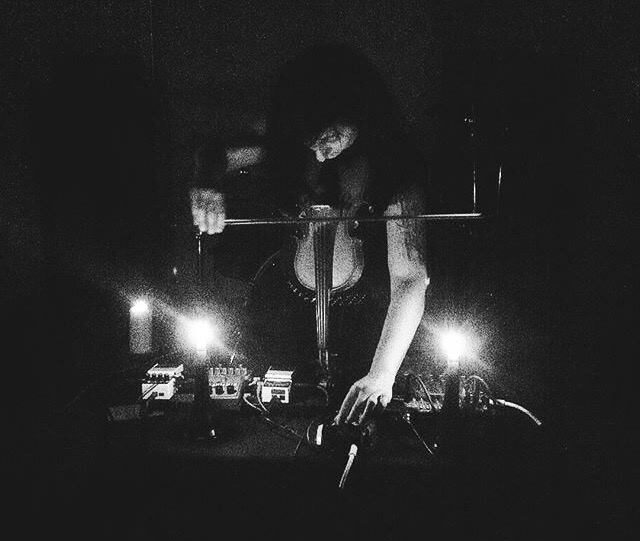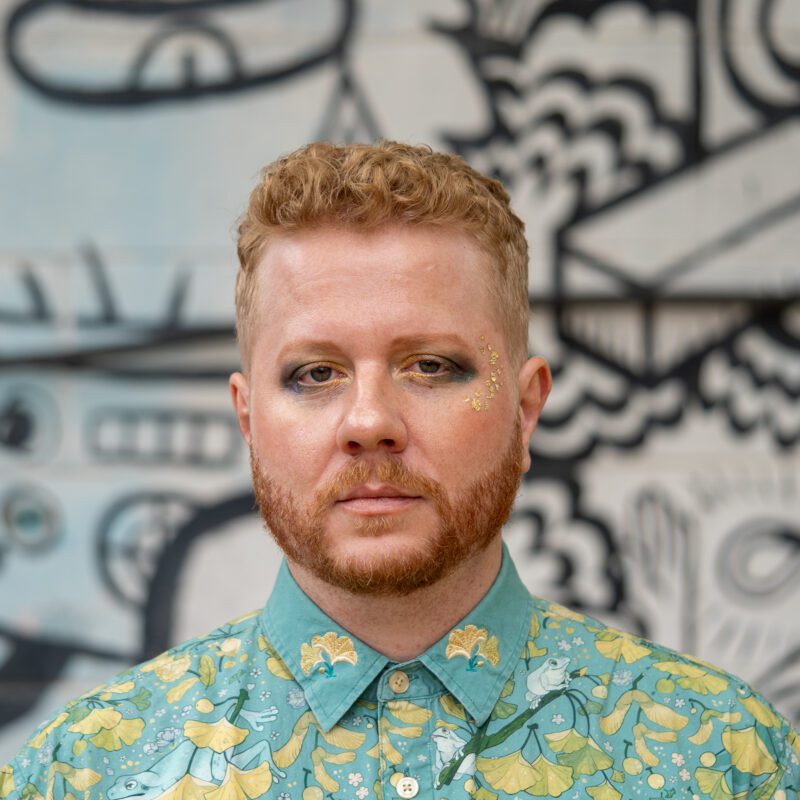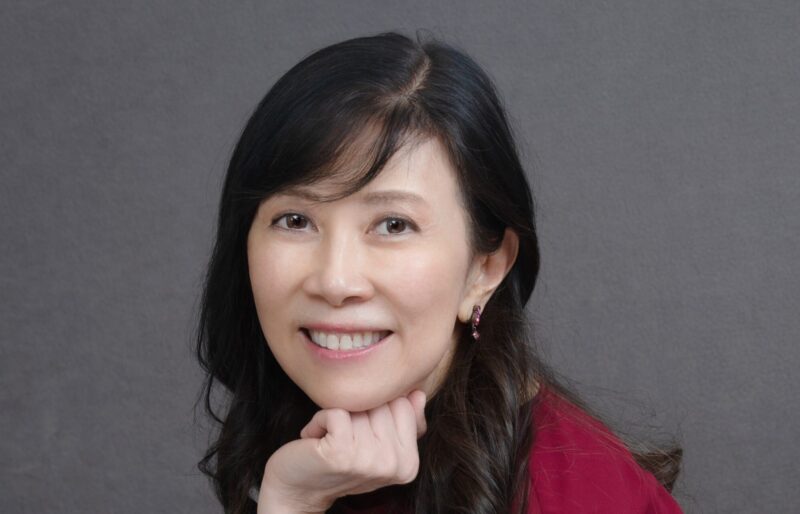
When I first heard the music of Joanna Bailie, I wasn’t exactly a complete stranger to new music. I had, in fact, already finished my undergraduate degree at McGill and was in my first year of masters at the conservatory of Amsterdam, taking full advantage of the cultural offerings of the Dutch metropolis, by attending no less (though usually much more) than one concert of new music a week. I voraciously consumed this music, delighting in all the different ways composers innovated and explored what abstraction could offer in the quest for innovative sonic experiences. These felt new, in the sense that I had never heard most of these sounds before, or how they were organized, but seldom did they feel new in the way that I would call “fresh”.
Something clicked for me though when I heard the Ives Ensemble premiere Joanna Bailie’s triptych Symphony—Street—Souvenir, for ensemble and electronics. This work wowed me in ways I had not yet experienced, despite the deluge of new music I had been consuming. I know now that this feeling of newness is connected to its honest intent. This work is completely stripped from any idiosyncrasies that are not intrinsically part of the vision of the work and the voice of the composer. It also sounded new, as in, it sounded like it was written in the year that I heard it (2010). Finally, it uses electronics with a very clear purpose—not to ornament, colour or rev up sounds of live instruments, but always to create a dialectic: between a distorted Brahms 1 recording and a live hammering tutti in Symphony, between the limitations of acoustic instrumental gestures and the traffic sounds they attempt to reproduce in Street, and between a sound object (a recorded music box) and a subject (the ensemble), in Souvenir. In this final, gut-wrenching movement, we recognize the music box’s tune as that of the melancholy Sakura, the well-known Japanese melody about cherry blossoms (itself naturally a clear symbol of the ephemeral if ever there was one). These sounds, however, are slowly bent downwards, as if the box itself was melting or its encapsulated memory (with dangerously Proustian undertones) was fading. Exceedingly slow string glissandi exacerbate the process, and we have the feeling that it is perhaps not the object fading, but our perspective that is altered, like a slowly moving camera that is constantly redefining the shapes, colours, angles, and shadows of the object in question.
Symphony—Street—Souvenir was the first piece of new music with electronics that ever moved me. I realized with this piece, and many others by Bailie, that music does not have to be busy or complex, to create a sense of newness, or urgency (a lesson for all those giddy young composers out there). Her music made me realize how simple ideas, when executed with a perfect balance of rigour and poetry, can be the most powerful of all.



